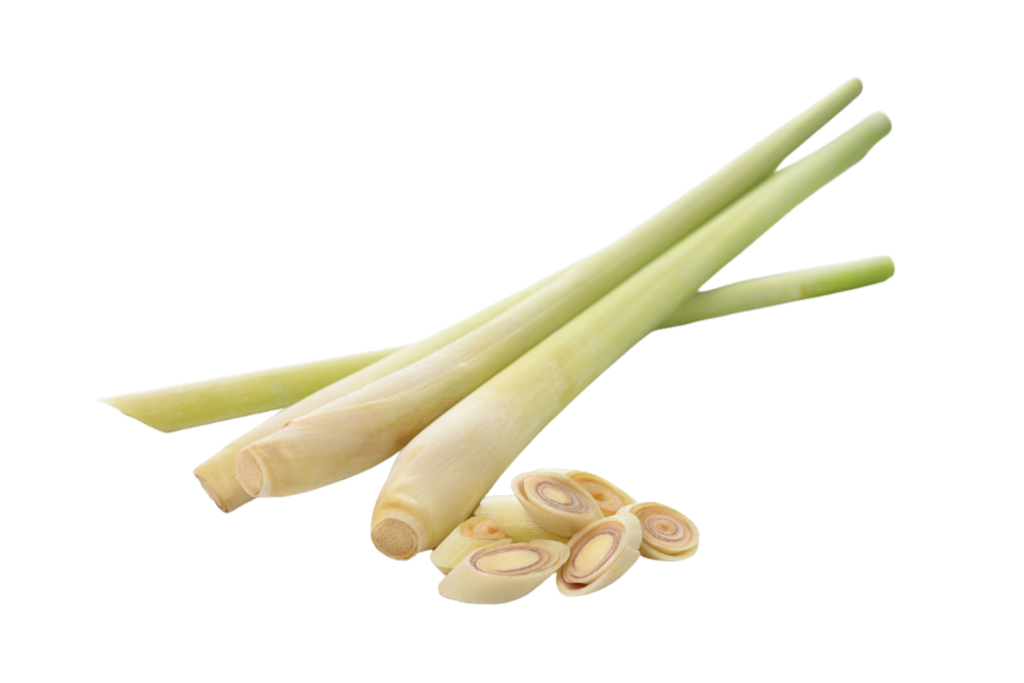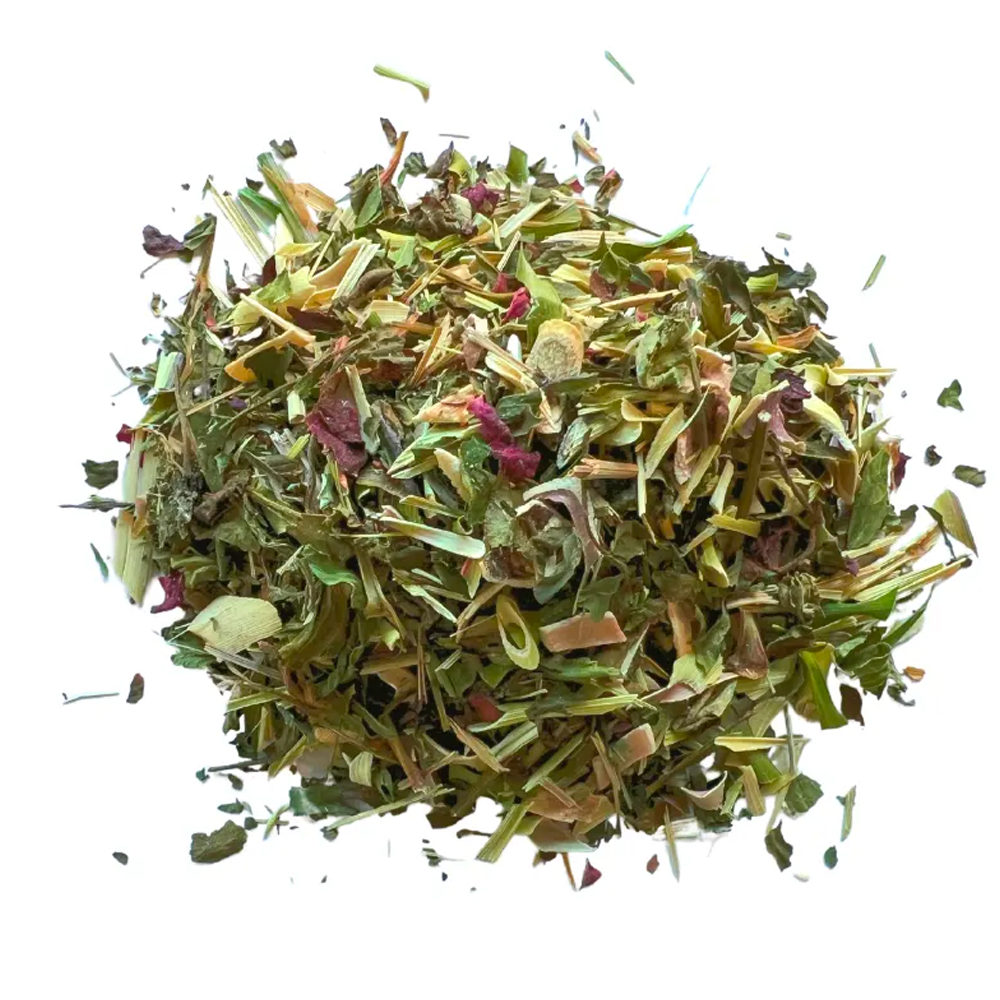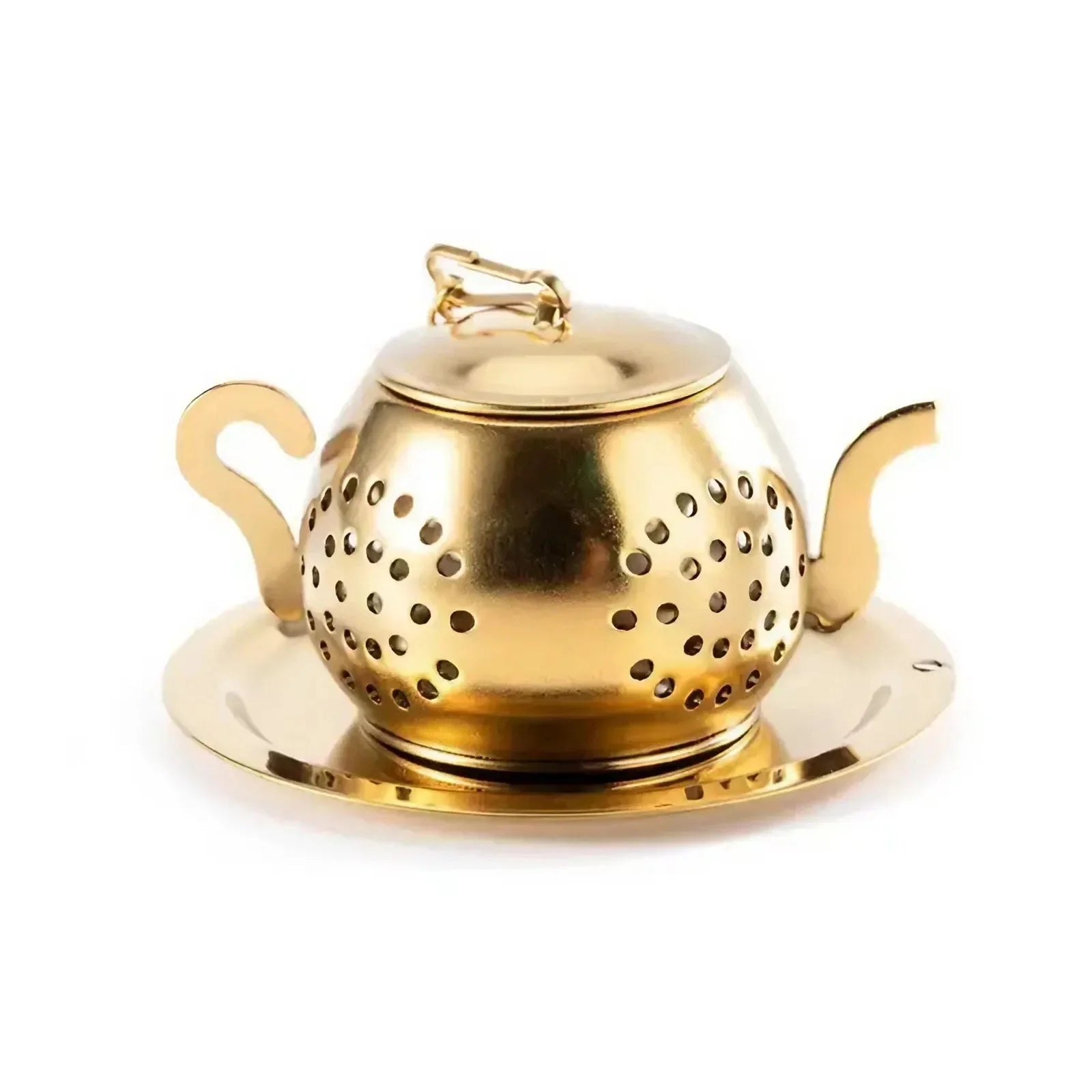
Cymbopogon citratus
Hmong Name: Tauj Dub
Lemongrass is another name for Cymbopogon citratus. It’s a tall herb from Asia and Africa. It’s aromatic and can grow between 2 to 4 feet tall. It has a unique lemony scent. For centuries, it’s been valued for its medicinal properties. Many households love its refreshing aroma and flavor.
Historically, lemongrass was employed in traditional medicine to address ailments such as fever, headaches, indigestion, and arthritis. Its application in modern medical practices persists, thanks to its continued relevance in treating these conditions and the belief in its numerous other health benefits.
One of lemongrass’ key medicinal attributes is its antibacterial and antifungal properties. Essential oils derived from the herb have shown the capacity to combat harmful bacteria and fungi, making it an effective remedy for infections, skin conditions, and digestive issues.
Furthermore, lemongrass is believed to possess anti-inflammatory properties, thereby helping reduce body swelling and pain. This is particularly advantageous for individuals suffering from arthritis or other joint problems. Additionally, lemongrass can aid in relieving muscle aches and pains, which positions it as a natural remedy for sports-related injuries.
Beyond its medicinal applications, lemongrass is a favorite in culinary uses and the fragrance industry. Its lemon-like aroma is incorporated into the manufacture of soaps, candles, perfumes, and a variety of beauty products. It is also commonly used to infuse flavor into teas, soups, stews, and curries.
While lemongrass has an extensive history in traditional medicine—utilized by both ancient Chinese and Indian civilizations—it has recently garnered attention in the Western world. This is due to its numerous health benefits and its appealing flavor.
In a fascinating turn, recent scientific research has uncovered a new potential use for lemongrass—as a component in drug delivery systems. Researchers have successfully encapsulated lemongrass extract within an alginate-chitosan matrix. The result is rough and porous beads, optimal for controlled release in acidic solutions, exhibiting a higher release rate at a pH of 6.8.
The alginate-chitosan matrix results from the crosslinking of polymer chains and crosslinking agents. The encapsulation efficiency of lemongrass extract within this matrix varies between 74.81% and 83.07%, and the swelling ratio is between 27.29 and 37.81. These properties indicate that the alginate-chitosan beads could serve as a promising encapsulating agent for lemongrass extract.
This groundbreaking approach indicates a new horizon for lemongrass use in the pharmaceutical industry. It could potentially improve drug delivery throughout the human body while minimizing losses before gel formation. This research underscores the versatility of lemongrass and paves the way for its expanded uses.
Disclaimer: This information is for educational purposes only and has not been evaluated by the FDA. It is not intended to diagnose, treat, cure, or prevent any disease. We recommend that you consult with a qualified healthcare practitioner before using any herbal products, particularly if you are pregnant, nursing, or on any medications.


